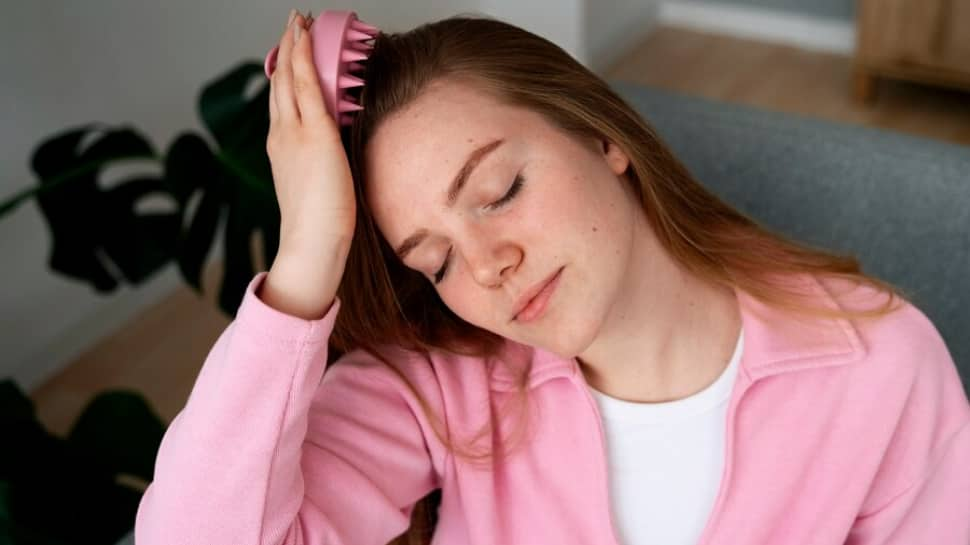Daily Haircare: 4 Essential Tips For Achieving Healthy Scalp, Expert Shares | Beauty/Fashion News

Despite the considerable attention we lavish on our skin and haircare routines, the scalp frequently remains neglected. Home to over 100,000 hair follicles and sebaceous glands, the scalp’s well-being is pivotal for the optimal appearance and health of our hair. The scalp, a continuation of the facial skin, demands equal care and inclusion in our daily skincare rituals.
However, your scalp is also prone to irritation, itching, and dryness. By taking good care of your scalp, you can support the growth of your hair and nourish the skin that shields your head from injury and illness. Rob Smith, a leading Hair Care Scientist with Dyson, sheds light on vital aspects of scalp health and its influence on hair quality.
Importance of Scalp Health for Hair
A compromised scalp can trigger a host of issues, including dandruff and hindered hair growth. The scalp consists of several layers, with the outer layer, known as the “stratum corneum,” acting as a protective barrier. This barrier is crucial for preventing moisture loss, and protecting against external pollutants, bacterial infections, and disturbances in keratin formation. Damage to this layer, particularly through disruption of the lipid layer that binds skin cells, can lead to moisture escape. Consequently, this may result in a dry and porous scalp, leading to dandruff, scalp irritation, a lacklustre hair texture, increased hair loss, and the risk of conditions like psoriasis or seborrheic dermatitis.
When to wash your hair to keep my scalp clean?
The act of washing hair aids in the removal of sebum, which, in moderation, is essential for maintaining the skin’s moisture barrier and hydration. Overwashing can strip the scalp of sebum, while insufficient washing can exacerbate microbial issues due to excess sebum. Therefore, a personalized balance is crucial. Regular washing is beneficial, especially for those dealing with dandruff or an itchy scalp, to eliminate sebum that feeds certain microbes.
Tips for Scalp Protection
Avoid High Heat: Keep hairstyling tools at a safe distance from your scalp to prevent thermal damage. Choose tools equipped with temperature regulation features.
Limit Tightly Pulled Hairstyles: Tight ponytails or hair extensions can strain hair follicles, potentially leading to hair loss. Prefer looser, more relaxed hairstyles to minimize tension.
Maintain Scalp Cleanliness: Regular cleansing of the scalp is essential to remove sebum, which can become a breeding ground for microbes that transform it into irritants, causing dandruff.
Ensure Sun Protection: While long hair provides some UV protection through melanin, which converts UV rays into heat, individuals with short hair should take extra measures to shield their scalps from sun damage.

Atul Tiwari is a seasoned journalist at Mumbai Times, specializing in city news, culture, and human-interest stories. With a knack for uncovering compelling narratives, Atul brings Mumbai’s vibrant spirit to life through his writing.





